Back then, I was a “high-wide rider,” escorting loads of exceptional dimension on the railroads all over North America. I worked for Charles Donley & Associates, a freight traffic company based in Pittsburgh. My official title was freight expediter, but I had learned after the first week on the job that if you told a yardmaster, trainmaster, or crusty old conductor that you were an expediter, the reply more often than not would be, “Oh yeah? Well, expedite this!” Or words to that effect.
So I was a rider.
My job was to escort shipments that were big, expensive, fragile, and often high priority, and to get them there as quickly as possible and in one piece. I did this by riding on the train with them from their origin to their destination. I rode either in the caboose, which I hated, or in one of the trailing units of a locomotive consist, which I much preferred. I loved my job; it was interesting, fun, and challenging, and I got to play trains all over the country on somebody else’s nickel. The money was good and the expense account was liberal.
By the time of Super Bowl XIV, I had been at it for five years and was on a trip from Alliance, Ohio, to Los Angeles and Terminal Island, Calif. I left January 11, routed Conrail via Crestline and Toledo, Ohio, and Elkhart, Ind., then down CR’s Kankakee Belt to Streator, Ill., then the Santa Fe over what today BNSF Railway calls “the Transcon”: via Kansas City, Emporia, and Wellington, Kans.; Waynoka, Okla.; Amarillo, Texas; Clovis and Belen, N.Mex., Kingman, Ariz.; and Barstow and San Bernardino, Calif.
My load was a huge crane that would be used to move containers around the Matson Terminal at the port. The whole shipment consisted of 13 cars, which I thought was great since we got paid extra for every car over 3. The main part of the shipment consisted of three girders. Each girder weighed about 70 tons, was 114 feet long, and measured 18 feet high above the rail; each was loaded across three flatcars with a bolster under each end and an idler flat in the middle. The remainder of the shipment consisted of the pedestals and parts for the crane, which when assembled looked like a giant double T. The shipment was restricted to 35 mph.
These were nasty loads that had to be watched extremely carefully. This was my third trip with these monsters, and I had trouble with the blocking on every one. I had already shopped the loads for shifting twice on this trip. Once, the shipper had tried sending one without a rider to save money, but it wound up as a pile of scrap metal in the ditch in the Flint Hills of Kansas. The wreck was still lying there when I had passed it on my previous trip, and the memory was fresh in my mind.
We left Argentine Yard in Kansas City, Kans., the night of the 18th. I always enjoyed working on the Santa Fe. It was a friendly, heads-up operation in stark contrast to the demoralized, often surly railroaders I was used to back East.
After an 11-hour layover in Emporia, I had climbed aboard train 348S1 with a big bag of groceries, expecting that the next place I’d be stopped for any length of time would be Belen, N.Mex., 769 miles ahead. We high-wide riders weren’t bound by the Hours of Service Law, so you got rest when the load stopped and not until. Being restricted to 35 mph on Santa Fe’s hot transcontinental main line, we went in the hole quite often. The load looked fine when I checked it during the crew change in Waynoka at 5:30 a.m. on January 20 — Super Bowl Sunday.
I figured we’d probably stop in Amarillo for a crew change and inspection, then keep going and hear who won the game somewhere down the road. Being a Steelers fan in this era was pretty heady stuff. Those were the glory days when Chuck Noll was head coach, Terry Bradshaw was quarterback, and all was right with the world. We had won the Super Bowl the year before — our third — by beating the Dallas Cowboys. I loved introducing myself to Texans by saying, “Hi. I’m Bill Metzger. I’m from Pittsburgh. You might have heard of us? We play football.”
We went into the siding in Higgins, Texas, just over the Oklahoma line (this was before traffic volume dictated double-tracking), and I told the engine crew I was going back to look at my loads. You always told the crew what you were doing — that way you didn’t get left in some place like Higgins, Texas, or worse, get hurt or killed.
Grateful for the stretch and the chance to be on the ground for a bit, I walked back and was shocked to see the wood blocking on the bolster on the head end of the first load had completely shattered itself in the last couple of hours. One sharp curve and that girder would take to the air! There was no way I was going to let it go another mile. I told the crew, who called the dispatcher. I told him who I was and reminded him this was the exact same type of load that had been destroyed so expensively up in Kansas just a couple of months earlier. I asked permission to set it out, and he readily agreed.
We set out my 13 cars at a grain elevator siding, and then, free from our speed restriction, we cruised on to Amarillo.
After talking to the trainmaster, the yardmaster, and the car department, I managed to get into a motel room five minutes before the Super Bowl kickoff and got to watch the Steelers beat the Los Angeles Rams, 31-19. I also got to take a shower, get an unexpected night’s rest in a bed, and eat a couple of hot meals.
The rest of the trip was blessedly uneventful. I rode back to Higgins the next day with the block-truck crew, and my charges were rolling west that evening. I got the load to Terminal Island intact on the 28th, and far as I know the crane is still there hustling containers around.
It would be 26 years before Pittsburgh won another Super Bowl, but through sheer luck and a bad order load on the Santa Fe, I’ve seen them do it all five times.
First published in Winter 2007 Classic Trains magazine.
Learn more about railroad history by signing up for the Classic Trains e-mail newsletter. It’s a free monthly e-mail devoted to the golden years of railroading.





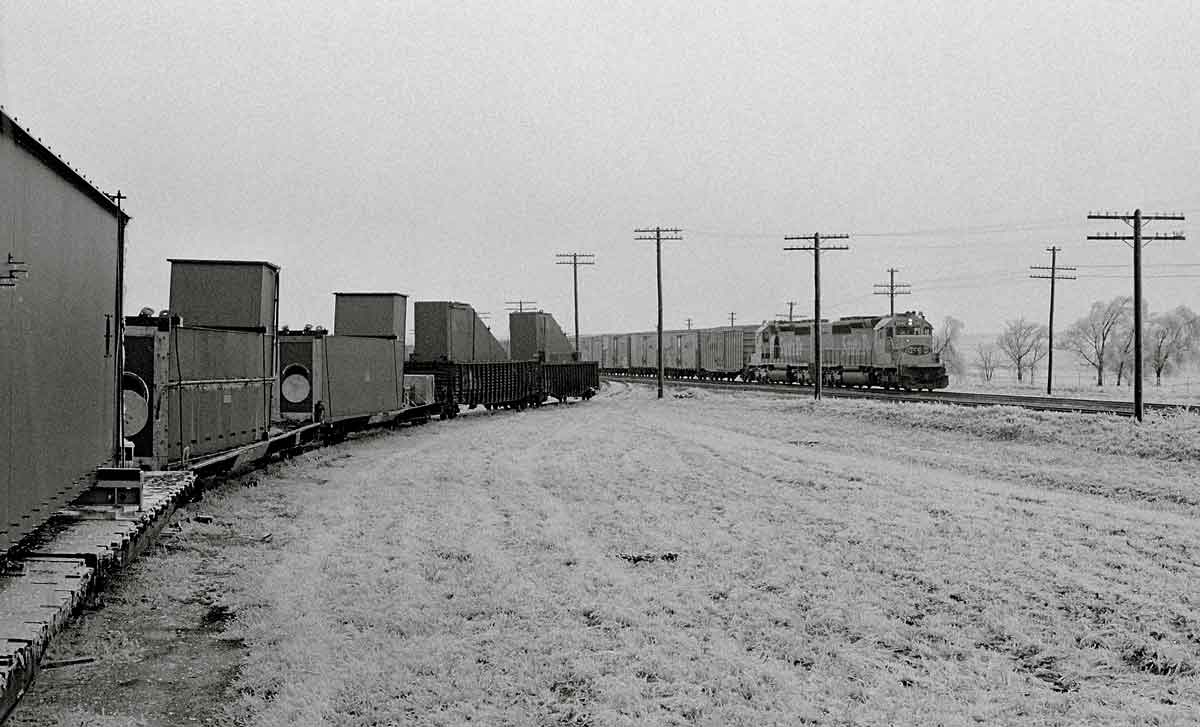

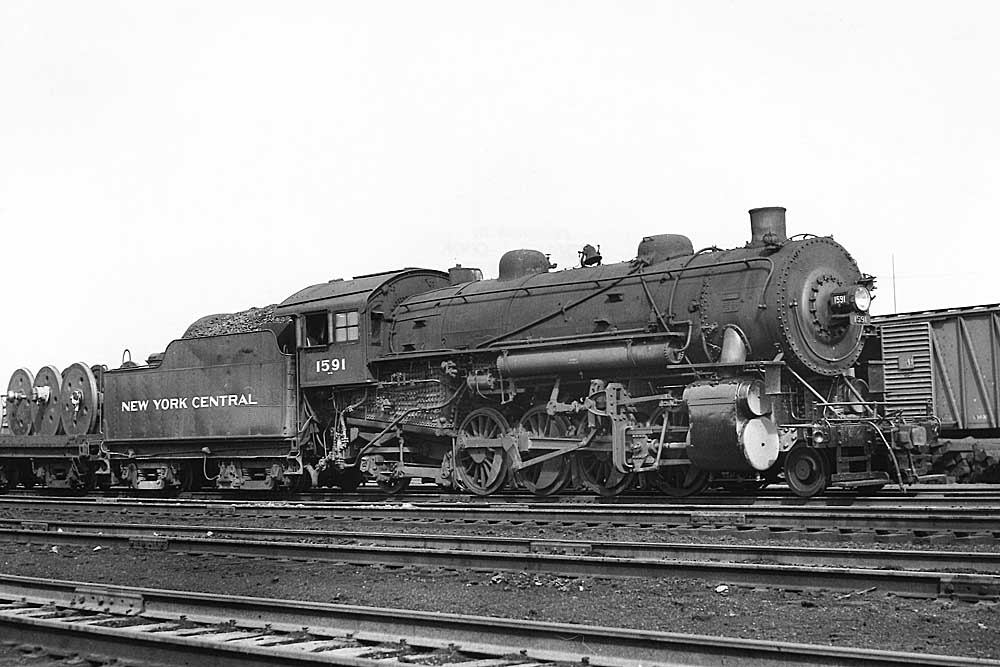
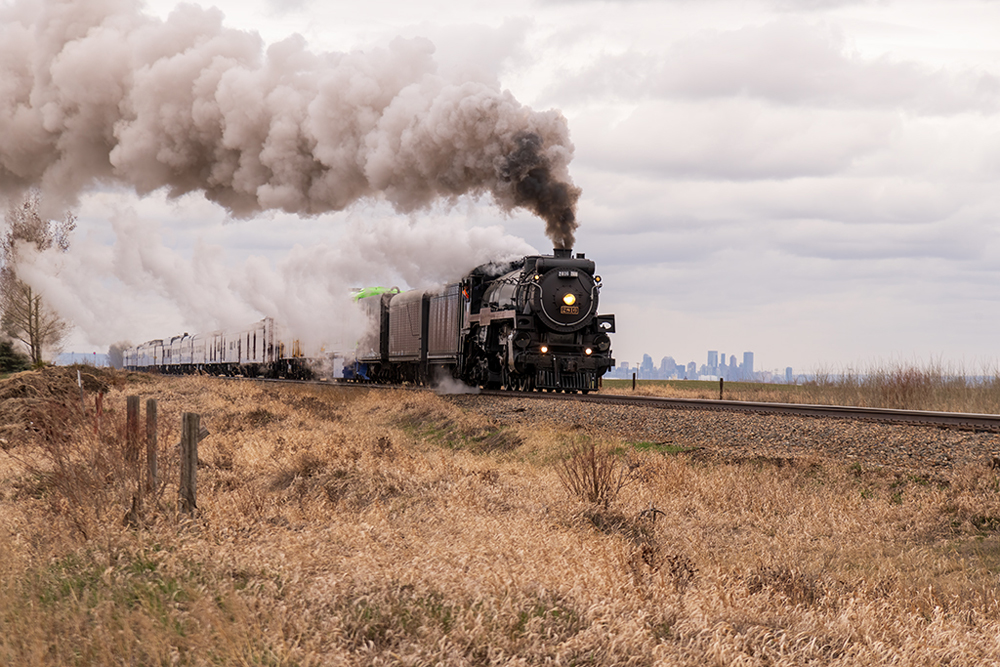
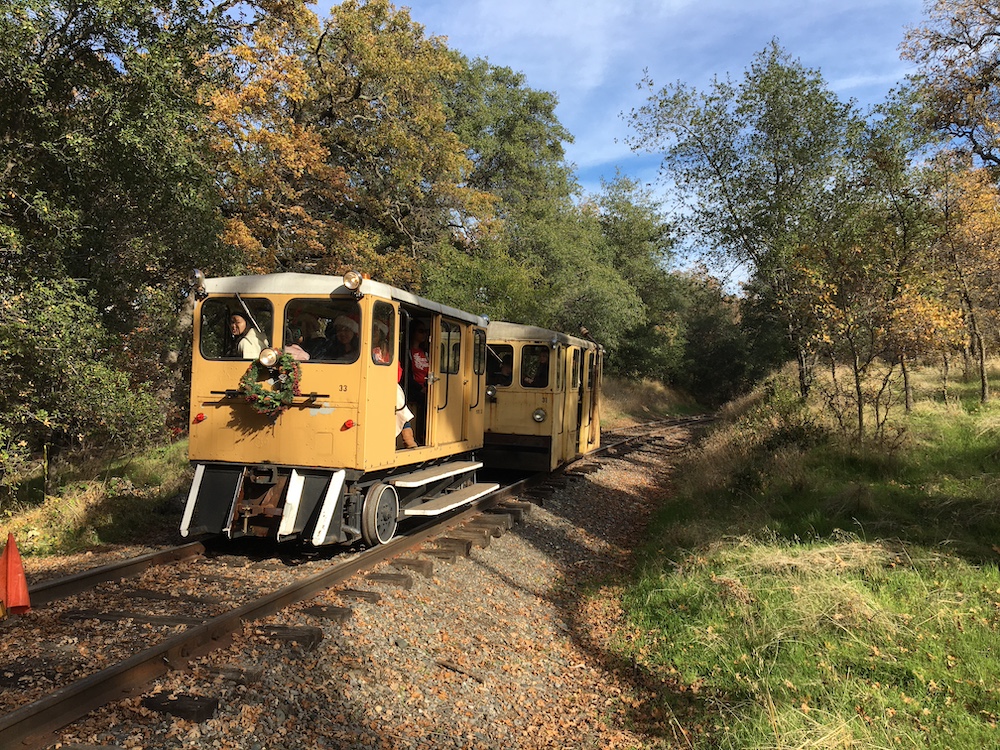
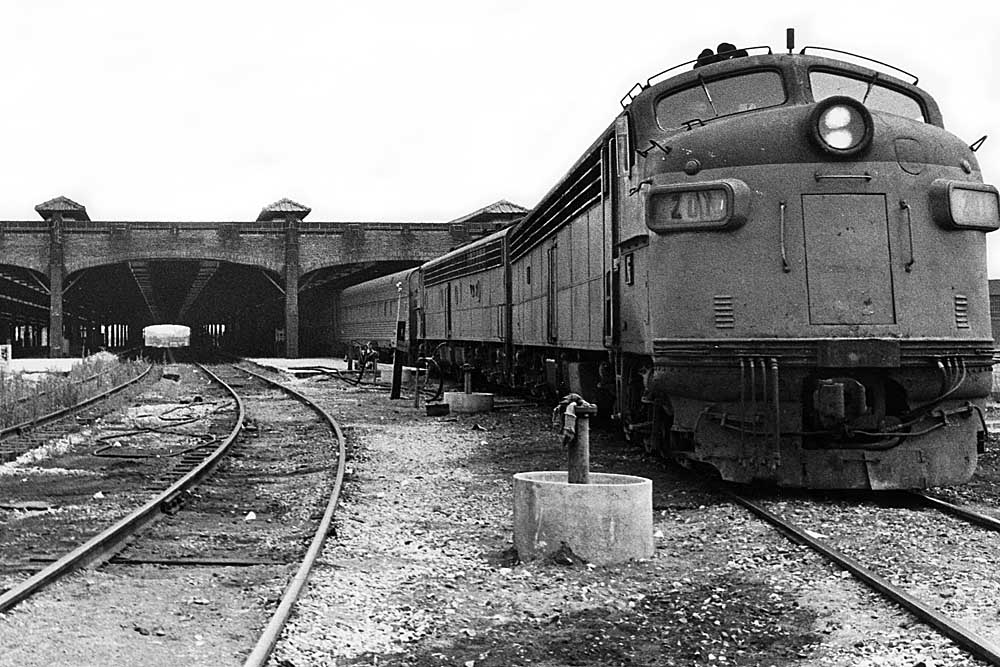




I wonder if the wreckage of the load that came loose in the Flint Hills of Kansas is still there? Pretty country the Flint Hills are, one our nations’ tall grass areas, 11,000 square miles of it. A beautiful, serene, almost mystical area.